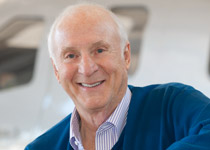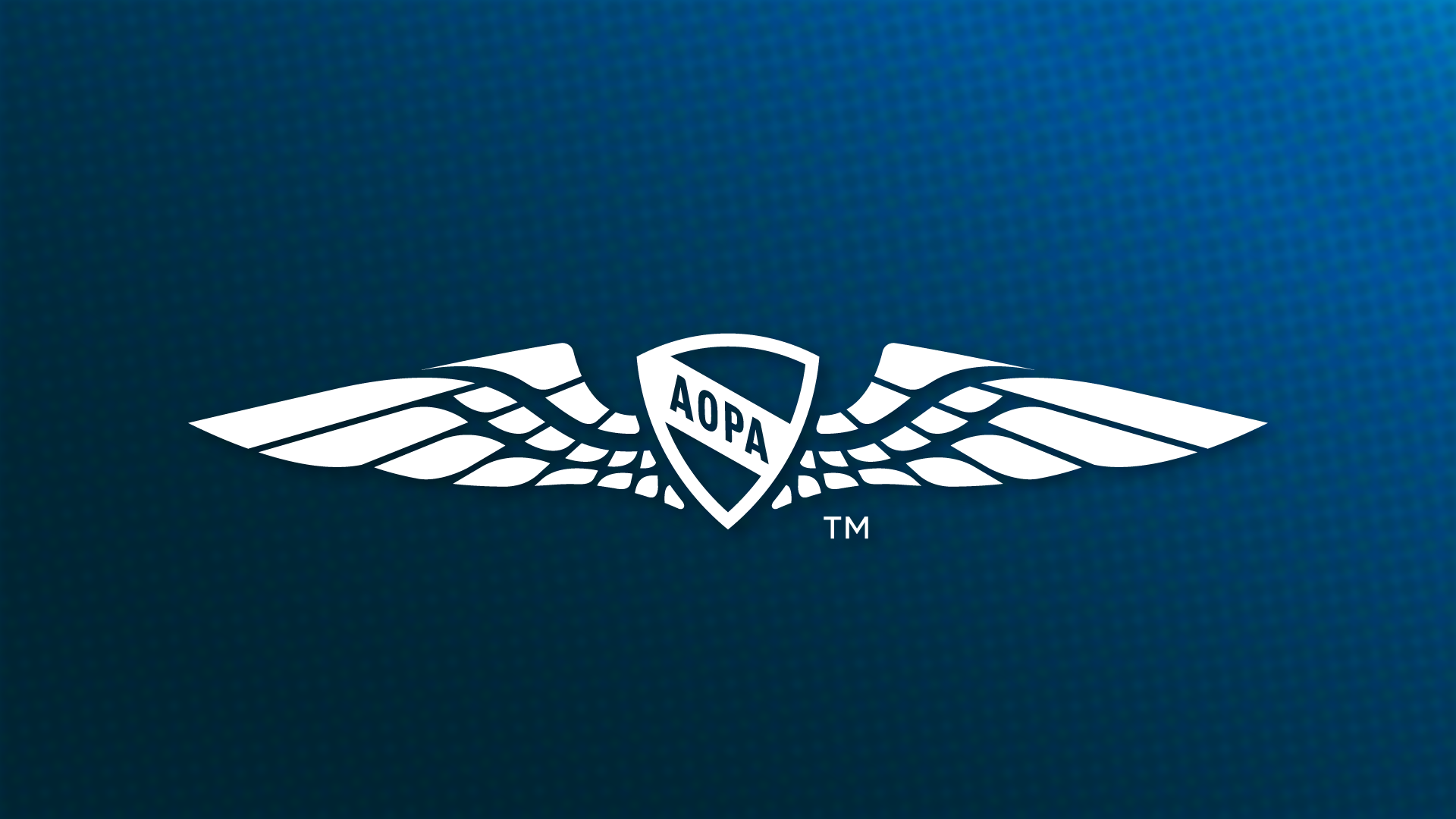
Illustration by John Ueland
- From reader Mark Dankel: Who was the first person to fly in the United States?
- Assume that the Rutan Voyager flew along a great-circle route and at a constant altitude during its historic, nonstop, unrefueled flight around the world. How much would the circular distance flown have increased had Dick Rutan and Jeana Yeager flown 1,000 feet higher?
A. One nautical mile
B. Six nautical miles
C. 10 nautical miles
D. 60 nautical miles - What is or was the Cessna Businessliner?
- For what aeronautical purpose was the tower atop the Empire State Building originally intended?
- From reader George Shanks: True or false? There have been many attempts to fly a model airplane across the Atlantic Ocean, but none have been successful.
- What is the difference between a radial engine and a corncob engine?
- What is the world’s fastest production, turboprop airplane?
- His father manufactured player pianos and nickelodeons, and he used the innards and principles of organ construction to invent a revolutionary aeronautical device in 1929 that today is commonly used and continues to evolve. Who was this pioneer and what did he invent?
Test Pilot Answers
- Jean-Pierre Blanchard was a French inventor and balloon pioneer. He made the first manned flight in America on January 6, 1793, by ascending from a prison yard in Philadelphia in a hydrogen balloon and landing 15 miles away.
- The correct answer is A. The easiest way to calculate the answer is to recognize that the difference in the circumference of two circles is equal to 2 x π times the difference in their radii, which—in this case—is 2 x 3.14 x 1,000 feet, which equals 6,280 feet. (A nautical mile is 6,080 feet.)
- This was the name given to the Cessna 190 and 195, a pair of popular single-engine taildraggers powered by radial engines and produced between 1947 and 1954.
- The original tower (now at the base of the antenna) was designed as a mooring mast for transatlantic airships. Gusty winds at 1,350 feet asl (above street level) resulted in several unsuccessful mooring attempts, and the idea was abandoned.
- False. A radio-controlled model with autopilot, The Spirit of Butts’ Farm, took off from St. John’s, Newfoundland, and cruised at 1,000 feet msl and 42 mph. It landed at Mannin Beach, Ireland, 39 hours later, on August 11, 2003, thus becoming the first model airplane ever to fly across the Atlantic. It was powered by a 10-cc, four-stroke engine and landed with 1.5 ounces of fuel remaining.
- A corncob engine is a radial engine with two or more banks of cylinders that—when uncowled—resembles a short cob of corn.
- The Tupolev Tu–95 Bear is an intercontinental Russian bomber with a top speed of 500 knots (575 mph). It is powered by four Kuznetsov 15,000-shp turboprop engines, each driving a pair of contrarotating propellers.
- 8 Ed Link invented the Link trainer, which evolved into today’s sophisticated simulators.

Barry Schiff
Barry Schiff has been an aviation media consultant and technical advisor for motion pictures for more than 40 years. He is chairman of the AOPA Foundation Legacy Society.


